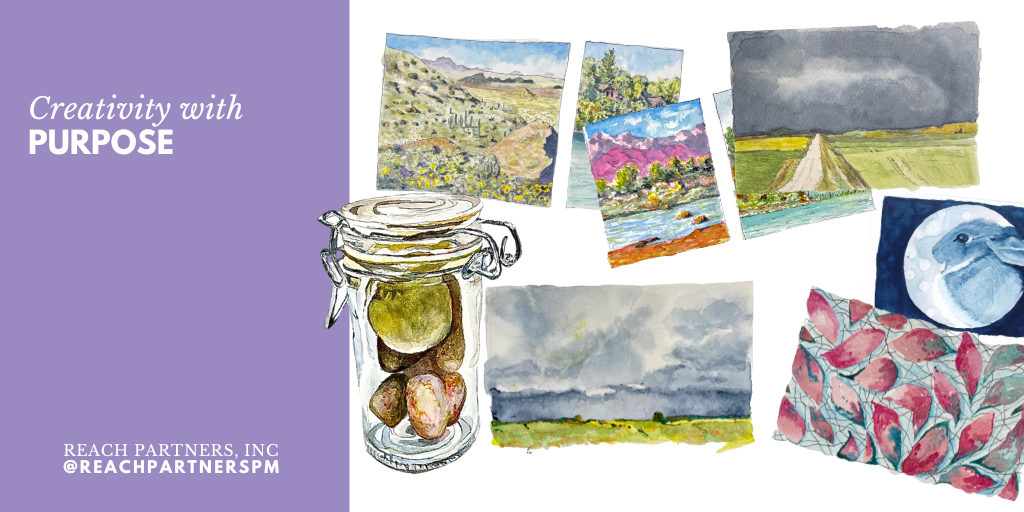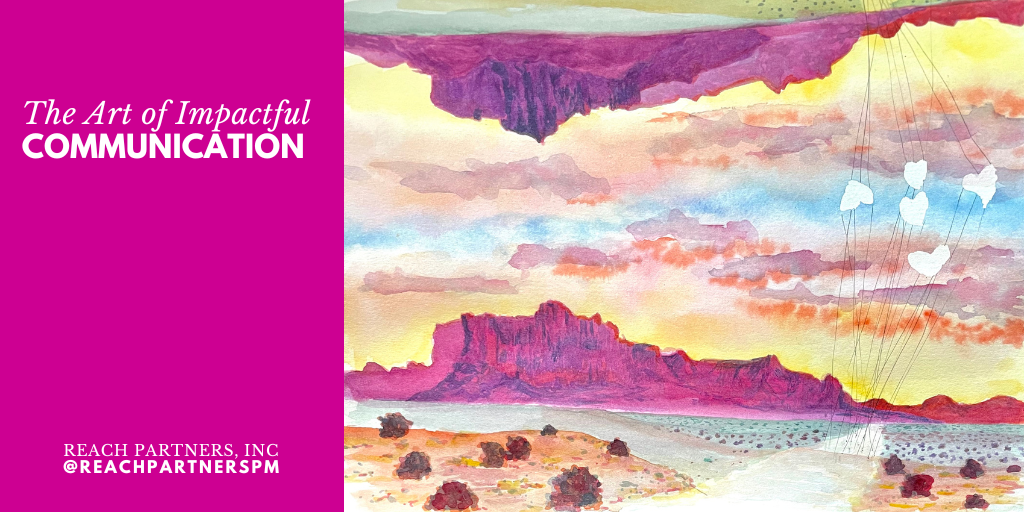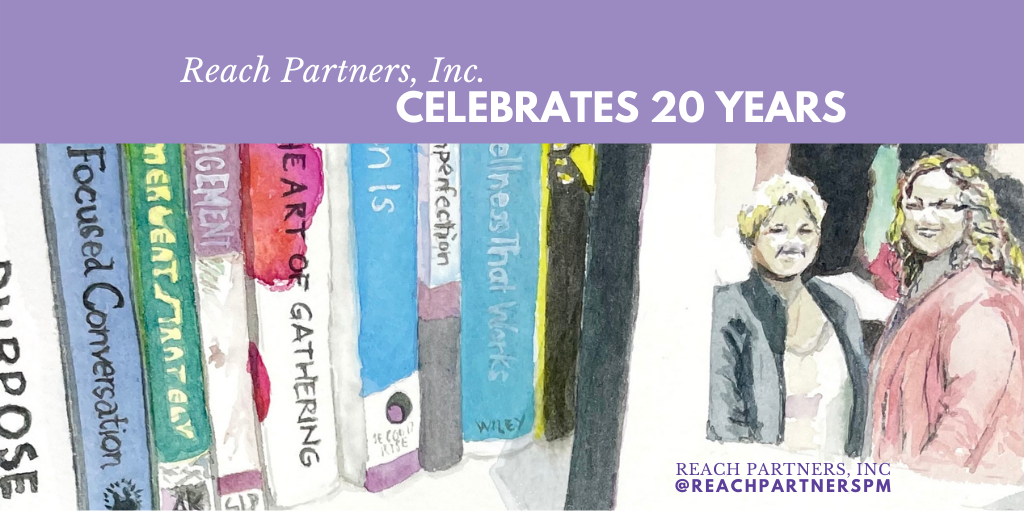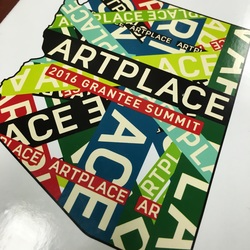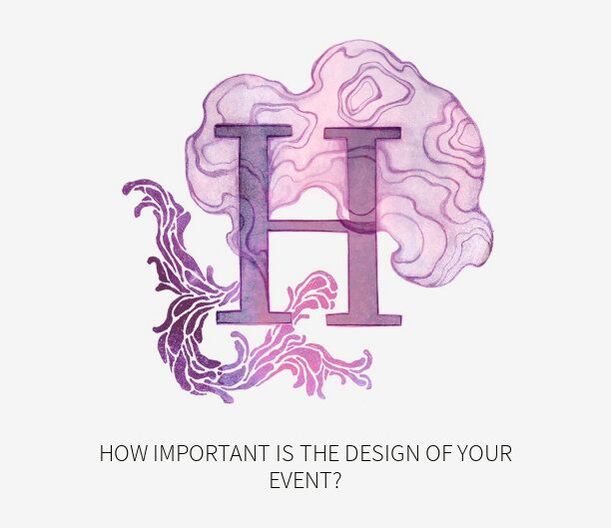|
Every month you are invited to welcome our newsletter into your inbox.
What you may not fully appreciate is that we carefully choose what to share with you. For us, each newsletter is an opportunity to deepen relationships with our clients and readers. We view it as a conversation, an opportunity for us to learn together. Each month we draft one new blog post and choose additional content that we think might be valuable to you. We also publish because it encourages us to process and learn from the projects we are working on or completed. Writing about lessons gleaned from our work makes our newsletter more meaningful and purposeful. We want to give you a chance to learn from our experiences. This feels more authentic than writing about a random topic. We share our observations and ideas in the spirit of improving together. Our knowledge grows deeper when you, our readers, offer your own insights on the subject. There is connection as we learn together.
4 Comments
There are moments when something as mundane as a well-crafted email evokes awe. Call me a communication nerd, but I'm on a daily quest to master this art.
A beautifully composed email with a simple layout? Delivered in advance, and it’s structured with information in order of importance? That's my kind of joy. I appreciate it when someone invests time and resources to plan their communications. You can tell when they do. They bundle messages and write one email, not two or three. They organize information, prioritizing my attention and action over their convenience. Best of all, they strategically exclude information that doesn’t pertain to me. This year, Reach Partners celebrates 20 years.
Twenty years! That’s countless hours of coordinating events, gathering people in conversation, helping work get done, communicating key messages, training volunteers, facilitating meetings, pushing and encouraging, staying within budget, outlining the scope, staying up late, waking up early, making mistakes, asking forgiveness, and making right the mistakes we made. Twenty years! As we celebrate this milestone, we recognize that we are who we are largely because of the values that we uphold and practice. We are intentional about how we do our work and who we do it with. This has led us to the best partners a business could ask for and we are immensely grateful for that. So, in honor of our anniversary, we want to reflect on a few moments from the past two decades that speak to our values. Of course, there are so many more moments than we have space for, but here is a sampling:
Artists, community organizers, program directors, designers, urban planners, large community developers, small HUD offices, mayors, directors, university fellows converged in Phoenix at the generosity of ArtPlace America to explore, share and learn from the observations of those involved in creative placemaking across the country. I was one of the grateful 250 to inquire and learn from the exquisite experts, poets, social organizers and disruptors who shared space.
Artplace America is 10-year collaboration of private and public funders with a focus on community planning and development with arts and culture at the core. I attended because of involvement as Communication Manager with The Fargo Project, a 2014 grantee of the National Placemaking Fund. I don’t want to forget. So what follows is the summary of the connections I made from notes, conversations, and speakers at the 2016 ArtPlace America Summit. With openness and vulnerability each was willing to share their pieces of discovery and the passionate well of curiosity from which they draw and apply to the work (or is it play?) within their place. Together we learned some of the characteristics of great creative placemaking, the challenges, sources of discovery, the advocates, and distinguished the markers of success. Sure the content of a conference or an event is critical, yet it seems we need something special to make it memorable. Recently, Reach Partners attended We Are OTA. The event curators intentionally transformed the venue with a sense of play, contrived intersections for connection with others, and used words, people and art to spark new ideas. To boot, the creators thoughtfully considered the sensory experience for the attendees.
The question of event design recently came up in a group I follow. It’s a topic that I like to think about since I’ve worked on events that range from bare bones to highly designed. How important is the design of your event? I have come to find deliberate or not, an event is always designed.
Every element carries meaning, intended or not. Event planning combines strategy and preparation to achieve a desired experience in a particular time and space. Materials, signage, food, seating, layout, setting, messages are some of the elements that contribute to the experience for a participant. While these environmental factors color an event and determine whether the audience will be comfortable, the subtexts of the elements always leave an impression. |
Reach PartnersYour partners in leadership. Categories
All
Archives
July 2024
|
|
|
Reach Partners, Inc
3330 Fiechtner Dr. Suite 100 Fargo, ND 58103-2321 701-271-8170 Copyright (C) 2024 Reach Partners Inc.
|

